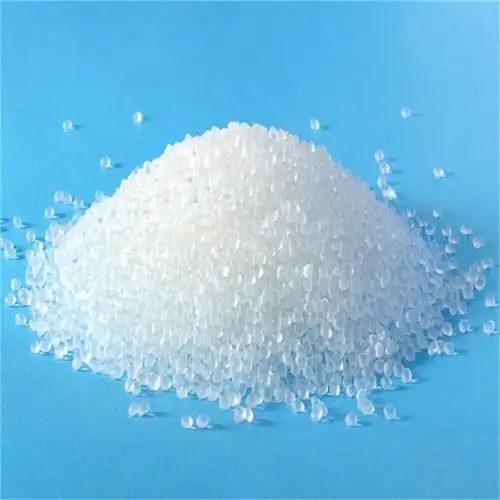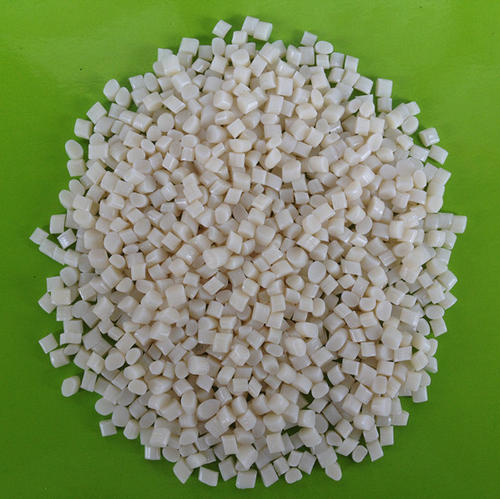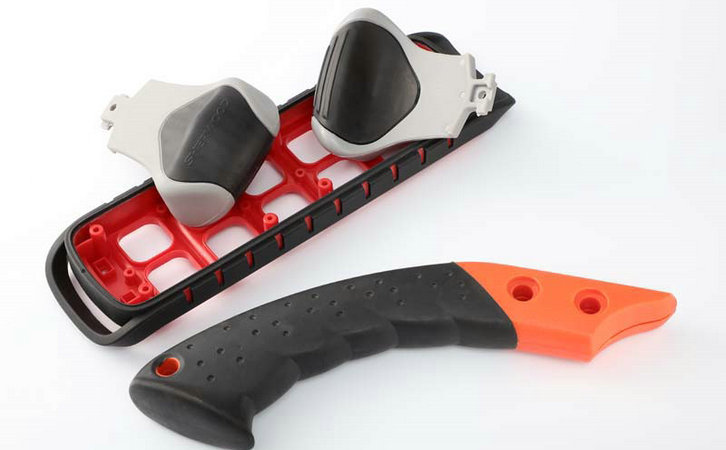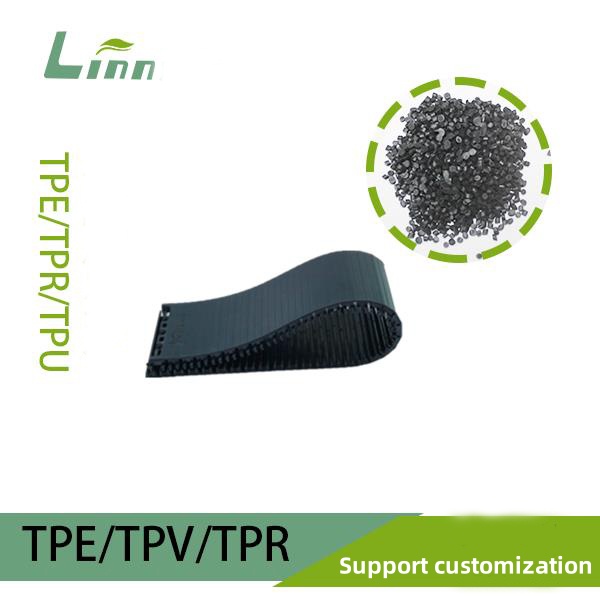Grab a chunk of TPE—that pliable wonder shaping everything from phone skins to seals—and wonder if it leans alkaline like baking soda in your pantry, ready to neutralize acids in some industrial tango? Over my quarter-century wrangling elastomers in labs and factories worldwide, this query pops up when engineers fret over chemical compatibility, fearing pH mismatches that could corrode parts or spoil bonds. The worry stems from applications in harsh environments—think cleaners, batteries, or medical fluids—where alkaline TPE might react badly, swelling or leaching. Or maybe you’re troubleshooting degradation, blaming pH for failures. Truth? TPE isn’t inherently alkaline; it’s mostly neutral with subtle shifts from additives or processing. I’ve tested batches that fizzed in acid dips but stayed stoic in bases, guiding clients away from myths to robust selections. Let’s peel back the layers, blending lab grit with real-world grit.

TPE’s neutral lean comes from its polymer backbone—synthetic chains of hydrocarbons or urethanes that don’t scream base or acid. But impurities or formulations nudge pH, sometimes toward mild alkalinity. Picture it as a chameleon: base resin neutral, but fillers or stabilizers tip the scales. Early in my career, a water filtration project tanked because “alkaline” TPE reacted with acidic feeds, cracking housings. pH profiling saved the day—neutral grades prevailed. It’s not black-and-white; context rules.
The pH Puzzle: What Defines Alkalinity in Polymers?
Alkalinity means pH above 7, where hydroxide ions dance, corroding metals or saponifying esters. Polymers like TPE? Non-ionic giants, their “pH” gauged via extracts—aqueous soaks tested on meters or indicators. Pure TPE hovers neutral, 6.5-7.5, but leachates vary. Why? Residual catalysts from polymerization linger, some basic like amines in polyurethanes.
Extract testing—ASTM D543 style—dunks samples in water, measures drift. I’ve watched meters creep to 8-9 from amine residues, feeling that slight soapy slick on fingers post-rinse. Neutral doesn’t mean inert; surface charges attract ions, mimicking mild base in contact.
Cause-effect: Manufacturing leaves traces—neutralization incompletely done, pH spikes. Storage? Humidity pulls CO2, acidifying slightly. But alkaline tag? Overblown for most TPE.
TPE Chemistry: Neutral at Heart, Nuanced in Practice
Styrenic TPEs like SEBS? Hydrocarbon neutral, pH extracts near 7. No polar groups to ionize. Polyolefin blends? Similar, PP-EPR mixes stay flat.
Polyurethane TPEs differ—urea links hydrolyze mildly basic, pH 7.5-8.5 in water. Isocyanates’ amine catalysts echo. I’ve compounded PU TPE; fresh pellets test neutral, but hot water pulls base notes.
Polyester TPEs? Ester hydrolysis yields acids, dipping acidic. Copolyesters balance near neutral.
Additives sway: Calcium carbonate fillers? Mildly alkaline, buffering extracts up. Antioxidants like phenolics neutral; amines? Push basic.
One lab dive: Dissected a medical grade SEBS. Base polymer 7.0, with talc filler bumped to 7.8. Sensory check—tasteless soak, no bitter base tang.
| TPE Family | Typical Extract pH | Influencing Factor |
|---|---|---|
| Styrenic (SEBS) | 6.8-7.2 | Hydrocarbon chains |
| Polyurethane | 7.5-8.5 | Amine catalysts |
| Polyolefin Blend | 7.0-7.4 | Filler residues |
Why the Alkaline Myth Persists: Testing Traps and Misreads
Folks test wrong—dry pellets won’t show pH; extracts do. Aggressive soaks pull more, faking alkalinity. Hot water? Accelerates leaching, pH climbs temporarily.
Processing heats volatilize acids, leaving basic ash. Pyrolysis tests reveal—neutral polymers char balanced, but residues skew.
Industry lore: Rubber cousins like NR alkaline from processing aids; TPE inherits suspicion. But I’ve pH-mapped: TPE milder.
Case: Battery seals. Client swore alkaline TPE corroded leads—tests showed neutral, but alkaline cleaners residue did. Rinse protocols fixed.

Compatibility Conundrums: Alkaline Environments and TPE
In bases, TPE holds—unlike acids attacking esters. Strong alkalis like NaOH at high temps hydrolyze urethanes, swelling chains. Mild? Soaps glance off.
Why resilient? Non-polar surfaces repel ionics. But prolonged immersion? Osmosis swells, cracking like overripe fruit.
I’ve dunked samples: 10% KOH at 60°C, SEBS unchanged after weeks; PU softened, pH leach neutral still.
Acids? Nylon-like TPEs falter; styrenics shrug.
Applications: Cleaners—alkaline detergents clean TPE grips without harm. Batteries—electrolyte alkaline, TPE gaskets endure if formulated.
| Chemical | TPE Response | pH Context |
|---|---|---|
| NaOH (mild) | Minimal swell | Alkaline tolerant |
| HCl | Surface etch | Acid vulnerable |
| Soaps | Easy clean | Neutral leach |
Formulation Tweaks: Dialing pH for Demands
Neutralize with acidic additives—phosphites buffer. Acid scavengers trap amines.
Medical grades? Low-extract, pH tight to 7. FDA eyes leachables—neutral TPE passes USP <661>.
Custom: For alkaline brews, add silanes for barrier. I’ve blended citric acid carriers—pH locked neutral.
Processing: Purge with acid washes, rinse thorough. Extruder vents strip volatiles.
Sensory shift: Post-tweak TPE feels drier, less slippery—base ghosts banished.
Degradation Drama: Does pH Shift Over Time?
Aging alkaline? Hydrolysis in humid air pulls basic fragments from urethanes. UV? Photo-oxidation neutralizes.
But mostly stable—antioxidizers guard. Accelerated tests: QUV chambers, pH drifts minimal.
Field story: Outdoor seals. Initial neutral, years later slight base from filler bloom. Coatings sealed it.
Thermal? Melt processing evaporates basics, netting neutral.
Testing Protocols: Gauging True Nature
Water extract: Boil, filter, meter. Replicates use.
pH indicators on surfaces—quick but shallow.
Ion chromatography IDs leachates—amines peak basic.
My rig: Immersion cells, continuous flow. Data whispers truths.
| Test Type | Measures | Pro Insight |
|---|---|---|
| Aqueous Extract | Bulk pH | Long-term leach |
| Surface pH | Contact | Immediate feel |
| Titration | Buffer capacity | Alkaline reserve |
Real-World Resilience: Cases Where pH Mattered
Alkaline battery gaskets: TPE neutral held vs. acidic leaks. Client’s acidic rival failed; ours thrived.
Cleaning tools: Detergent-soaked handles—PU TPE’s mild base buffered, no degrade.
Food contact: Neutral extracts passed migration tests, safe from pH myths.
Pharma tubing: Alkaline media flow—stable dimensions, pure leach.
Triumphs affirm: Neutral core conquers.

Interactions with Acids and Bases: Balanced View
TPE shrugs mild bases—household ammonia wipes clean. Concentrated? Etch urethanes.
Acids attack faster—sulfuric swells olefins.
Pairings: Alkaline fillers boost stiffness, neutral matrix balances.
Design: Barrier layers for extremes.
Additives’ Acid-Base Ballet
Fillers: Alkaline carbonates neutralize process acids.
Stabilizers: Basic amines trap peroxides.
Plasticizers: Phthalates neutral; alternatives vary.
Tune for app—neutral for pharma, buffered for chem.
Regulatory Realities: pH in Standards
REACH limits leachables—neutral TPE complies.
FDA: Class VI demands neutral extracts.
ISO 10993 biocompatibility—pH stability key.
Certifications guide selections.
Future Formulations: pH-Engineered TPE
Bio-based? Fermentative monomers neutral.
Nanocomposites buffer intrinsically.
Self-healing? pH-responsive swells seal cracks.
Exciting—neutral evolves smarter.
Selecting and Handling: Practical Wisdom
Test extracts pre-run. Store dry—humidity acidifies.
Clean with neutral soaps. Monitor aging pH.
My tip: Partner suppliers with pH specs.

Embracing TPE’s Neutral Nuance
TPE’s not alkaline by birthright—neutral with whispers, tunable for triumphs. From my battles, understanding pH unlocks durability, dispels fears. Mold confidently; chemistry allies.
Frequently Asked Questions
Is TPE ever truly alkaline? Rarely inherent—mildly from additives like amines. Extracts often neutral; test specifics.
How does pH affect TPE in alkaline cleaners? Tolerates well—minimal swell. Rinse residues to avoid false degradation.
Why test pH extracts for TPE? Reveals leachables impacting compatibility or safety. Neutral assures broad use.
Can I neutralize alkaline TPE? Yes, acid additives or processing purges. Balance for your environment.
Does heat make TPE more alkaline? Volatilizes acids, netting mild base shift. Stabilizers counter.
PU TPE vs. SEBS—pH differences? PU leans basic from catalysts; SEBS stays neutral. Choose per need.
pH stability in medical TPE? High—low-extract grades hold 7.0 tight, biocompatible bliss.





